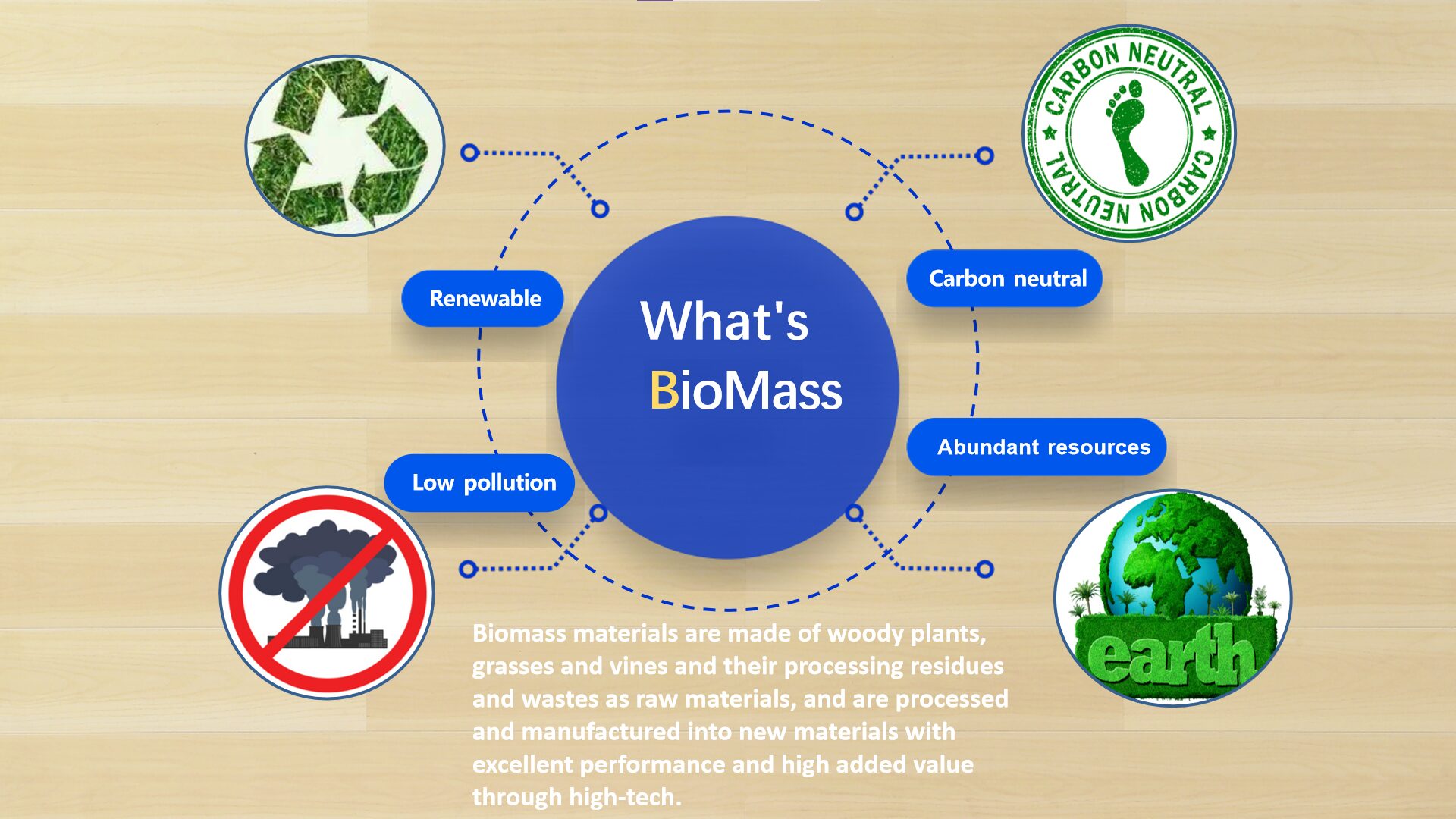In an era where sustainability is no longer a choice but a necessity, biomass materials have emerged as a beacon of hope for industries seeking eco-friendly alternatives. Comprised primarily of woody plants, grasses, vines, and their processing byproducts, these materials are transformed into innovative products using cutting-edge technology. This article delves into the world of biomass materials, exploring their benefits, applications, and the role they play in shaping a greener future.
The Genesis of Biomass Materials
Biomass materials are derived from organic matter that can be replenished within a human lifetime. This includes agricultural waste, forestry residues, and energy crops specifically grown for material production. Unlike traditional materials such as plastics and metals, which often rely on finite resources and energy-intensive extraction processes, biomass materials offer a renewable source that minimizes environmental impact.


Processing Residues into High-Value Products
The magic of biomass materials lies in their transformation through high-tech manufacturing processes. These include techniques such as pyrolysis, gasification, and fermentation, which convert raw biomass into functional materials with enhanced properties. The result is a range of products, from biofuels to bioplastics, that not only rival conventional materials in performance but also boast a lower carbon footprint.


Sustainability and Added Value
One of the most compelling aspects of biomass materials is their contribution to sustainable development. By utilizing waste streams as feedstocks, these materials reduce landfill waste and greenhouse gas emissions associated with the disposal of organic waste. Moreover, the high-tech processing methods employed ensure that the final products are not only environmentally friendly but also possess superior mechanical, thermal, and chemical properties, making them highly sought after across various industries.


Applications Across Industries
The versatility of biomass materials has led to their integration into numerous sectors. In construction, biomass-based composites are used for insulation and structural components, offering improved energy efficiency and reduced environmental impact. The automotive industry benefits from lightweight, strong components made from biomass materials, enhancing fuel efficiency and reducing vehicle emissions. Even in fashion and textiles, innovations like biodegradable fabrics and dyes are revolutionizing the way we think about clothing sustainability.


A Pathway to a Greener Future
As global efforts to combat climate change intensify, the role of biomass materials becomes increasingly pivotal. Their ability to provide sustainable solutions while maintaining or even surpassing the performance of traditional materials makes them a cornerstone of green innovation. By investing in research and development, industries can unlock the full potential of biomass materials, paving the way for a more sustainable and resilient economy.
In conclusion, biomass materials represent a paradigm shift in material science, offering a sustainable alternative that aligns with environmental goals without compromising on quality or functionality. As we continue to explore the depths of this material revolution, it becomes clear that biomass holds the key to unlocking a greener, more sustainable future for generations to come.








